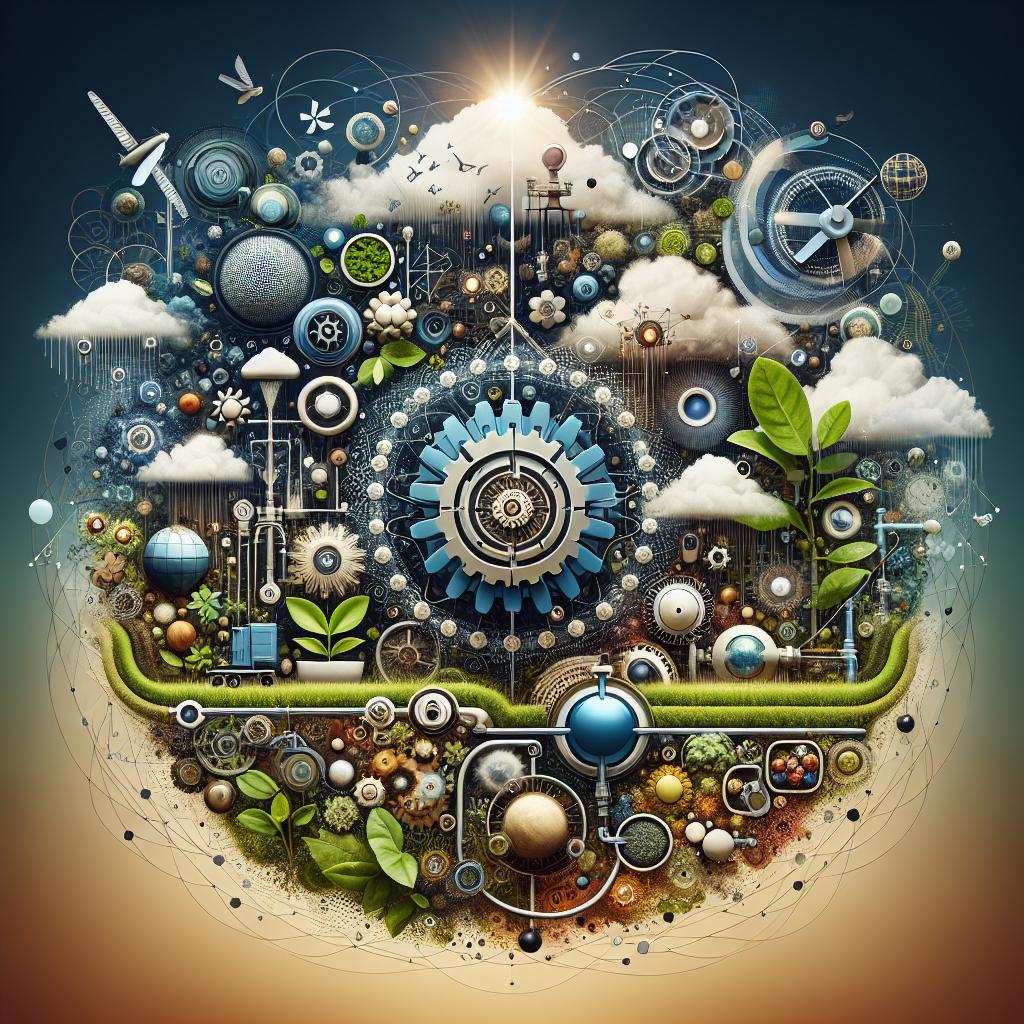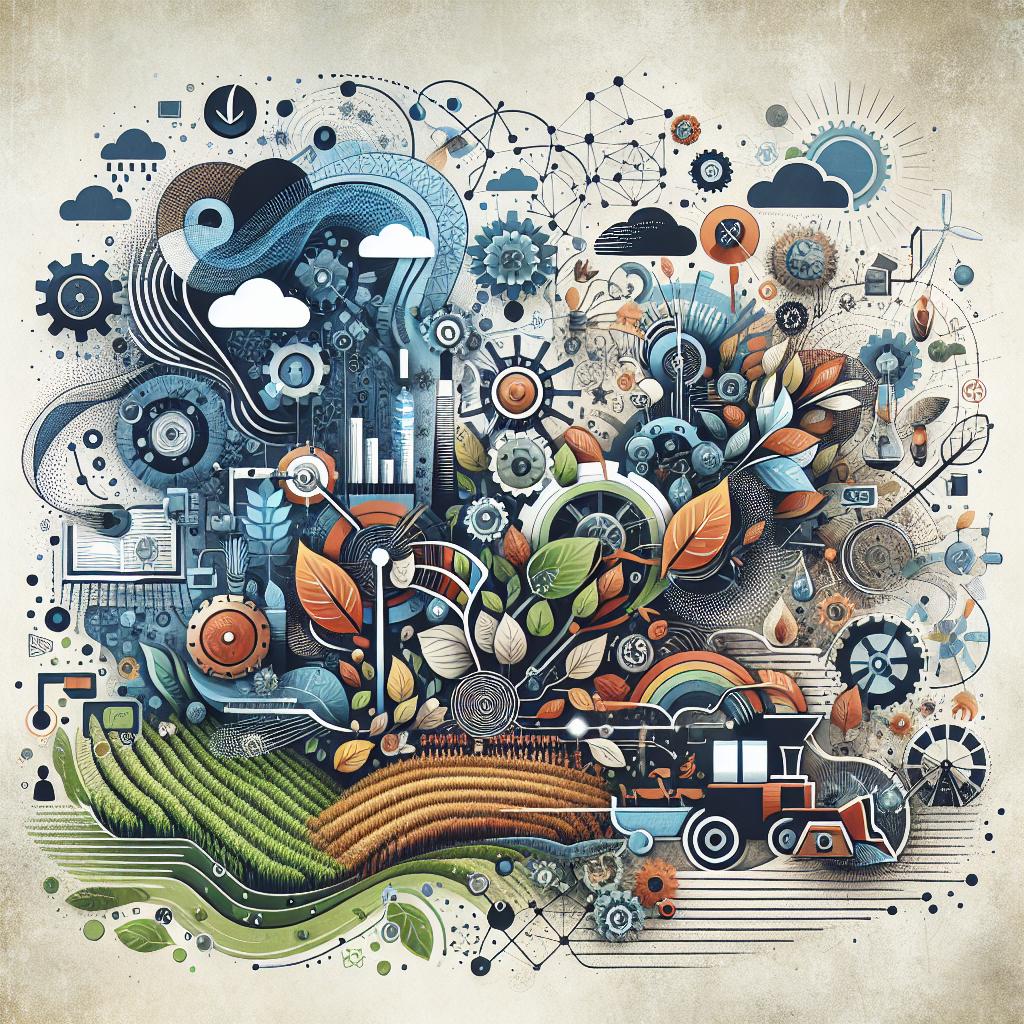This post may contain affiliate links which means I may receive a commission for purchases made through links. Learn more on my Private Policy page.
introduction: Watering the roots of Innovation—Navigating the Waters of Irrigation System Design
In the vibrant tapestry of agriculture, where every crop tells a story and every drop of water counts, the art of irrigation stands as a pivotal chapter. Just as an artist selects the perfect brushstrokes, farmers and engineers alike face the challenge of designing irrigation systems that are not only efficient but also sustainable. tho, embarking on this design journey can sometimes feel like navigating a labyrinth filled with unexpected twists and turns. From ensuring optimal water distribution to selecting suitable materials, common challenges can dampen even the sunniest of farming dreams.
But fear not! In this article, we will dive deep into the world of irrigation system design, shining a light on the obstacles that often arise and, more importantly, the ingenious solutions that can transform them into stepping stones for success. So grab your metaphorical watering can, and let’s explore how to overcome these challenges together, nurturing both crops and innovation along the way!
Understanding Soil Types for Effective Water Management
To effectively manage water resources in agriculture, it is crucial to understand the distinct soil types that influence water retention and drainage. Each soil type exhibits unique properties that dictate how water moves through and interacts with the habitat. The primary soil types include:
- Sandy Soil – Known for its coarse texture and excellent drainage, sandy soil tends to dry out quickly and can require more frequent irrigation.
- Clay Soil – With its dense composition,clay soil retains water exceptionally well but can lead to poor drainage,increasing the risk of waterlogging.
- Silty Soil – Acting as a middle ground, silty soil maintains moisture while allowing for reasonable drainage, making it ideal for many crops.
- Loamy Soil – Often regarded as the best soil for agriculture, loamy soil combines the benefits of sand, clay, and silt, providing a balanced ecosystem for both plant roots and water management.
Understanding how to work with these soil types can considerably enhance irrigation system design. For instance, an effective strategy might involve implementing a drip irrigation system in sandy soils to deliver water directly to the roots, while drainage solutions like tile drains are advisable for clay-heavy fields. Consider utilizing a table to compare water retention characteristics:
| Soil type | Water Retention (High/Medium/Low) | Drainage (Good/Poor) |
|---|---|---|
| Sandy Soil | Low | Good |
| Clay Soil | High | poor |
| Silty Soil | Medium | Fair |
| Loamy Soil | Medium | Good |

Crafting a Sustainable Irrigation Layout for Your Landscape
Creating a sustainable irrigation layout requires careful consideration of both the environment and the needs of your landscape. Start by assessing the natural drainage patterns and existing vegetation to ensure that water is effectively utilized. Key aspects to consider include:
- Soil Type: Different soils retain water differently. Sandy soils drain quickly while clay soils hold moisture.
- Plant Requirements: Group plants with similar water needs together to optimize irrigation efficiency.
- Water Source: Consider the most sustainable source, whether it’s a well, rainwater collection, or municipal water.
Once you’ve identified these elements, design your irrigation system with adaptability in mind. Use techniques such as drip irrigation, which minimizes water loss and targets specific plants directly at their roots. additionally, integrating sensors for soil moisture can help maintain the balance in your landscape, providing water when necessary and saving it when conditions are favorable. It’s wise to create a simple table to outline your irrigation zones based on these criteria:
| Irrigation Zone | Plant Type | Water Requirement |
|---|---|---|
| Zone 1 | Vegetables | High |
| Zone 2 | Flower Beds | Medium |
| Zone 3 | Perennials | Low |

Choosing the Right Technology to Enhance Efficiency
In today’s fast-paced world, selecting the right technology can make all the difference when it comes to streamlining your irrigation system. There are a plethora of tools and systems available, each promising enhanced efficiency and optimized water usage. To make the best choice, consider factors such as system scalability, integration capabilities, and user-friendliness.
Utilizing modern technologies like smart irrigation controllers,sensors,and data analytics tools can greatly improve your design.Assess your specific needs and challenges, and choose tools that offer features such as:
- Real-time monitoring – track moisture levels and weather conditions for precise irrigation.
- Automated scheduling – Set schedules that automatically adjust based on real-time data.
- Mobile access – Control and monitor your system remotely through apps.
Furthermore, keeping an eye on ongoing maintenance costs and ease of upgrades can also play a vital role in your decision-making process. A well-informed selection will not only enhance your irrigation efficiency but also contribute to sustainable practices.Below is a simple comparison table that highlights key technologies for irrigation efficiency:
| Technology | benefits | considerations |
|---|---|---|
| Smart Controllers | Water savings, optimize schedules | Initial cost, learning curve |
| Soil Sensors | Precise moisture levels | Placement, calibration |
| Data Analytics | Performance insights, trend tracking | Data management, technical support |

Overcoming Budget Constraints: Smart Solutions for every Farmer
Working within a limited budget can be challenging for farmers, especially when it comes to designing an efficient irrigation system. However, with some clever planning and resourceful strategies, it’s possible to maximize your investment without compromising on quality. Consider implementing drip irrigation,which provides water directly to the plant roots,minimizing waste and optimizing water usage. Additionally,using rainwater harvesting systems can supplement your water supply,reducing dependency on costly municipal sources.
Here are a few more cost-effective solutions to explore:
- Utilize solar panels to power pump systems and reduce electricity costs.
- Invest in sensor technology that helps monitor soil moisture levels, enabling precise watering.
- Form co-operative groups with local farmers to share resources and tools for irrigation projects.
Table: Cost-Effective Irrigation Solutions
| Solution | Benefits | Estimated Cost Savings |
|---|---|---|
| Drip Irrigation | Reduces water use and runoff | Up to 30% savings on water costs |
| Rainwater harvesting | Low-cost, sustainable water source | Can save hundreds per year |
| Solar Power | Reduces electricity bills | Possibly 50% off energy costs |
Concluding Remarks
As we wrap up our exploration of the common challenges in irrigation system design, let’s take a moment to envision the lush, thriving landscapes that await us when we tackle these hurdles head-on. From understanding water distribution and navigating budget constraints to embracing technology and sustainability, each step we take towards enhancement is a step towards a greener future.
Remember, the journey of designing an efficient irrigation system isn’t just about pipes and pumps; it’s about nurturing our connection to the earth and ensuring that our crops and gardens flourish. So whether you’re a seasoned professional or a budding enthusiast,don’t be discouraged by the obstacles you encounter. Instead, view them as opportunities for creativity and innovation.
Together,let’s cultivate solutions that not only enhance productivity but also harmonize with our environment. With a spirit of collaboration and a little ingenuity,we can tackle any challenge that comes our way. Happy irrigating,and may your systems run as smoothly as the streams they emulate! 🌿💧
This post may contain affiliate links which means I may receive a commission for purchases made through links. Learn more on my Private Policy page.

